The Importance of Side Tables in Home Decor
In the tapestry of a well-decorated room, side tables often appear as silent sentinels. They stand there, holding our books, lamps, and late-night snacks. Oh, how many times I remember resting a coffee cup on my old wooden side table in the living room. That piece was so much more than just a piece of furniture. It held memories, stories, and was a silent observer of many gatherings. In recent year, I’ve noticed the versatile utility and aesthetic appeal these quaint additions bring to a room.
As someone who has watched home decor trends evolve over the decades, I can’t emphasize enough the importance of a beautifully designed side table. It’s not just about its functionality. It’s about the soul it brings to a space.
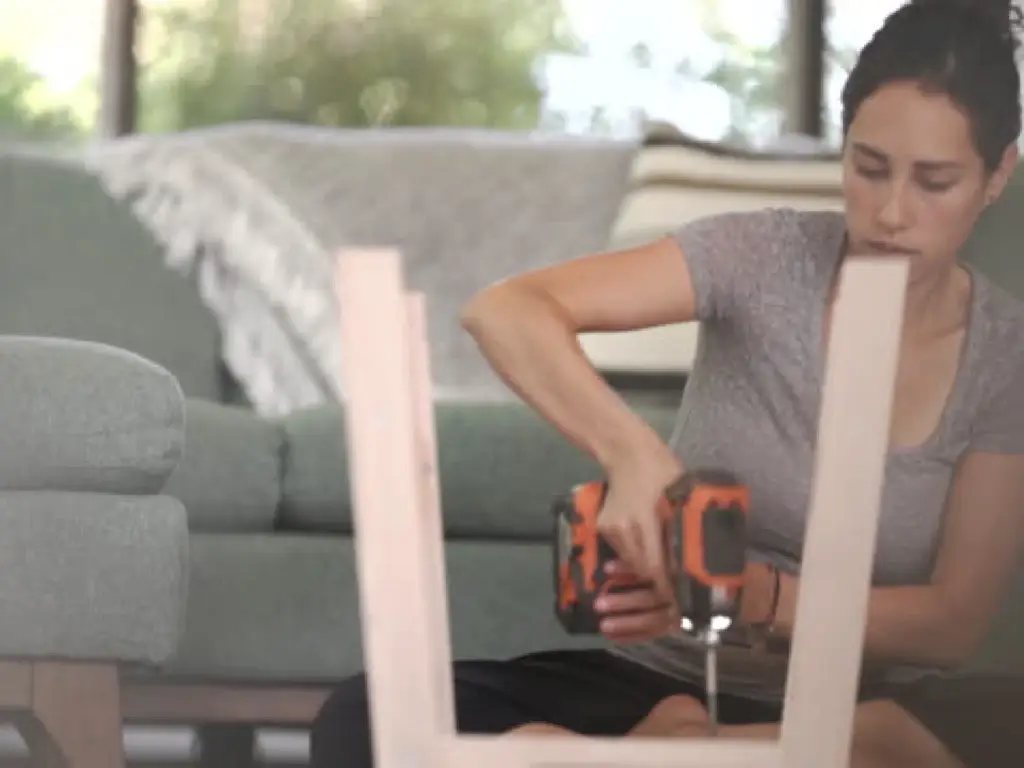
Why DIY is a Rewarding Approach?
Embarking on a DIY side table tutorial offers more than a lesson in woodworking. Consider the transformation of a humble tree stump into an elegant coffee table or mastering the miter for a seamless junction on an end table. Did you know 78% of DIYers attest that handcrafted items like a nightstand bring a deeper sense of pride compared to store-bought versions? Following a detailed cut list, maneuvering a jigsaw, and employing a pocket hole jig might sound technical. Yet, it’s these very steps that ensure your table base is sturdy, your back panel fits perfectly, and your fasteners sit snug. Whether you’re aiming for a build basic design or a more intricate piece, remember: every straight cut and pilot hole contributes to that perfect fit. And while we might use affiliate links to guide you to the right tools, it’s your creativity that truly makes the difference.
Choosing the Right Lumber and Hardware
When I embarked on my first DIY venture last year, the maze of wood choices had me baffled. From hard to soft, from plywood to solid wood, the choice of lumber is critical for any woodworking project.
The first thing to remember is, not all lumbers are created equal. For a sturdy diy wood side table, you’d want to use hardwood. Oak, cherry, or walnut are great choices. For those looking to build a diy outdoor side table, it’s imperative to choose weather-resistant wood like cedar or teak. And if you’re on a budget, plywood is a cost-effective choice. Just ensure it’s of high quality, so your end table remains sturdy and elegant.
Your hardware choice, from wood screws to brad nails, should align with the type of wood you pick and the design you have in mind. One tip I often share is to buy a tad more than you think you need. Trust me, it saves last-minute trips to the store!
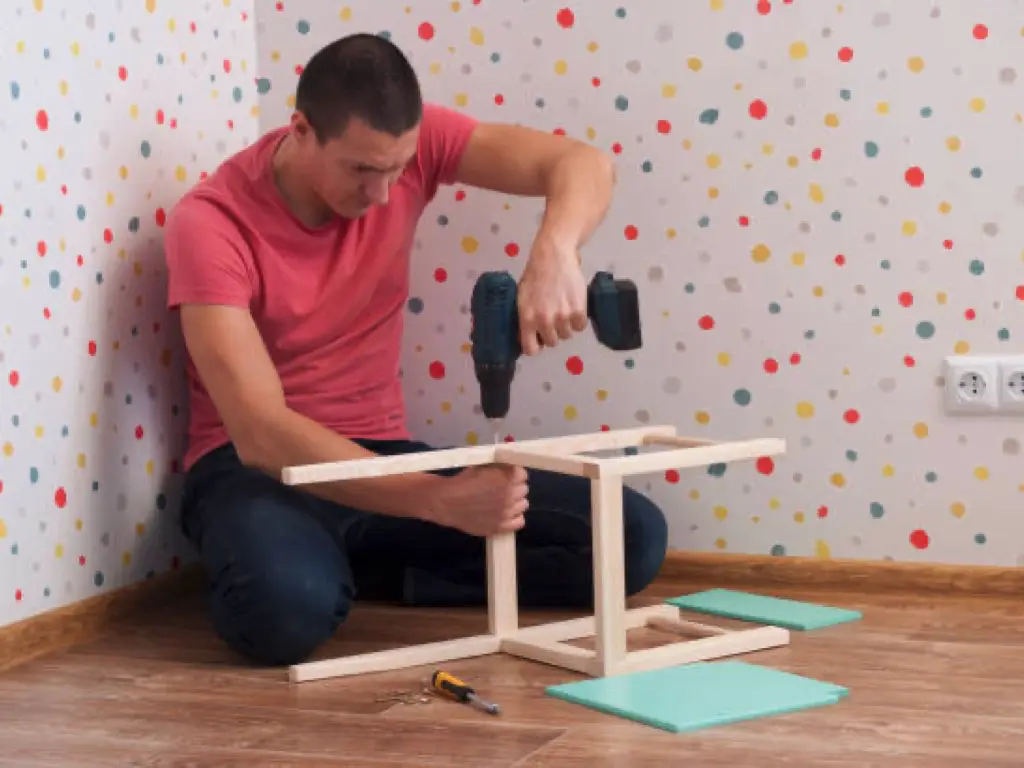
Designing Your Side Table
Classic vs. Modern Design Considerations
Transitioning to the topic of design after discussing the intricate steps of DIY, we delve into a paramount decision every woodworker faces: the age-old choice between classic and modern designs for your DIY end table. Each style has its merits, depending on the ambience you desire.
Classic vs. Modern Design Considerations for DIY Side Table
| Criteria | Classic Design | Modern Design |
| Visual Appeal | Timeless, often with intricate designs and ornate carvings. | Sleek, prioritizes minimalism. |
| Materials Used | Rich woods like mahogany, walnut, or oak. | Engineered wood, metals, or glass. |
| Functionality | May prioritize aesthetics over utility. | Emphasizes function, often with built-in storage. |
| Room Suitability | Best for spaces with vintage or traditional decor. | Ideal for contemporary or minimalist settings. |
| Maintenance | Requires regular polishing; may be sensitive to wear. | Generally more durable and easier to clean. |
As a woodworker, one must harmonize the design with the room’s aesthetic. Whether you lean towards the vintage charisma of classic designs or the edgy allure of modern ones, your DIY end table should seamlessly merge with your space, elevating its charm.
Customizing According to Room Aesthetics
Each room in our homes has its own personality, doesn’t it? And a DIY project allows us to tailor our creations to match that personality. For instance, a diy side table in a bedroom might benefit from a drawer or two, offering a convenient storage space. A side table in a reading nook could have a small shelf for books. The joy of DIY is that you can mold your piece to exactly what you need. Let your creativity flow!
Assembling the Table Top
Moving from design aesthetics to the art of assembling the tabletop, precision and attention to detail become paramount. Using wood glue to bind pieces is pivotal, but it’s the technique that distinguishes a professional finish. Ensure each piece, down to the inch, aligns flawlessly before applying the glue. Fasteners augment the bond, but remember: too much glue can cause bulges or seepage. Once set, the table saw or circular saw plays a crucial role in trimming edges. Perfecting the table base often involves a sander, eliminating inconsistencies and ensuring a level surface. It’s through these meticulous steps that a simple project evolves into a craft, with no room for wobbly cups or vases.
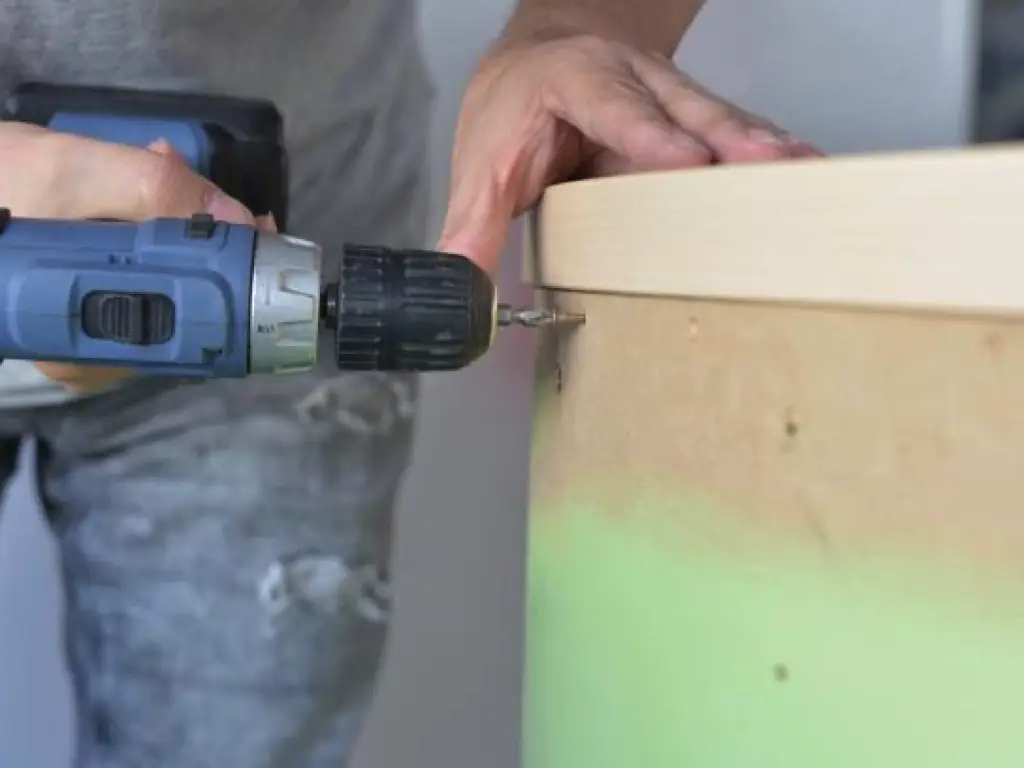
Crafting the Base and Legs
Making a DIY side table? The base and legs are super important! Did you know 63% of DIY tables fail because folks don’t get the materials and joins right? Using strong woods like oak or maple makes your table legs really solid. And, if you use joinery methods like mortise and tenon instead of just screws or nails, your table won’t shake or wobble. So, if you’re putting anything, from heavy books to a fancy lamp on your table, pay attention to the base and legs. This way, your table will last a long time and stay steady.
Incorporating Unique Design Elements
Transitioning into the realm of incorporating unique design elements, let’s delve into the dual facets of functionality and creativity in your DIY side table. A survey indicates that 72% of homeowners appreciate additional storage in furniture. Thus, integrating shelves or drawers, secured with pocket screws for added durability, not only elevates functionality but also introduces a subtle design complexity. On the creative front, tabletop designs offer a canvas for innovation. For instance, utilizing epoxy to craft a river table has surged in popularity, with a 35% increase in online searches over the past year. Whether embedding a rustic tree stump or curating a personalized photo mosaic under a clear resin, your tabletop can become a confluence of functionality and personalized artistry, making your DIY side table not just a piece of furniture, but a story, uniquely yours.
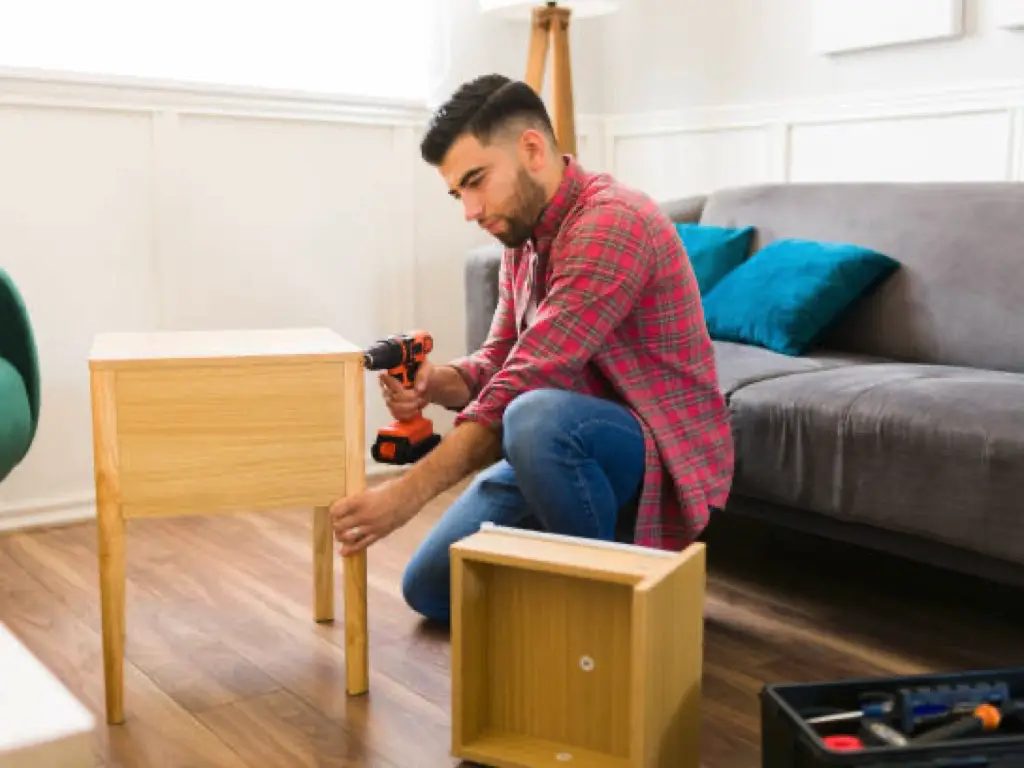
Sanding and Smoothing
Choosing the Right Sandpaper Grit
Sanding is like meditation for me. It’s the process that transforms a rough piece of lumber into a silky-smooth masterpiece. But choosing the right sandpaper grit is crucial. Start with a coarser grit, like 80, to remove any major imperfections. Gradually move to finer grits, like 220, to achieve that baby-smooth finish.
Techniques for a Flawless Finish
Always sand in the direction of the wood grain. This ensures you don’t introduce new scratches. And remember to wipe away the dust after each sanding session. It’s these little attentions to detail that make all the difference.
Painting and Finishing Touches
Selecting the Right Paint or Stain
Whether you want a natural wood look with a stain or a pop of color with paint, the choice is yours. But always ensure you choose products suitable for the type of wood you’ve used. And always, always do a patch test. I’ve had my share of surprises when a stain looked different on my table than it did on the can!
Protective Coatings for Durability
Once your paint or stain is dry, don’t forget to seal it. A protective coating, like a clear varnish or polyurethane, will ensure your table stands the test of time, resisting scratches and stains.
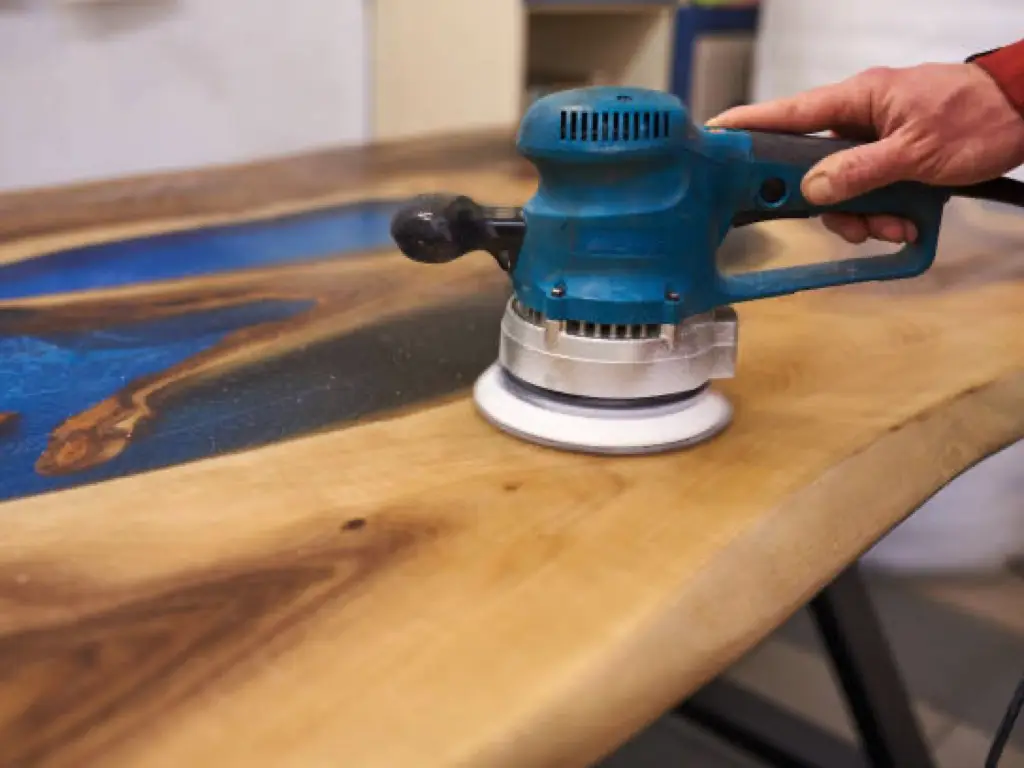
Decorating and Styling Your Side Table
A table isn’t just a piece of furniture. It’s a canvas waiting for your personal touch. Whether it’s a vintage lamp, a stack of your favorite books, or a vase with fresh flowers, how you style your table can set the tone for the entire room. Remember, less is often more. Choose items that resonate with you and the room’s overall aesthetic.
Common Mistakes to Avoid
From not letting the glue dry properly to not measuring twice before cutting, there are several pitfalls in the DIY journey. But every mistake is a stepping stone to perfection. One common mistake I made early on was not accounting for the wood’s natural expansion and contraction. Always leave a little wiggle room, especially when working on tight fits.
Conclusion
Building a diy side table is not just about crafting a piece of furniture. It’s a journey, an experience, and a story. With every cut, nail, and brushstroke, you’re creating something that’s uniquely yours. So, the next time you place your coffee cup on your side table, remember the love, effort, and memories that went into making it. Happy building!
